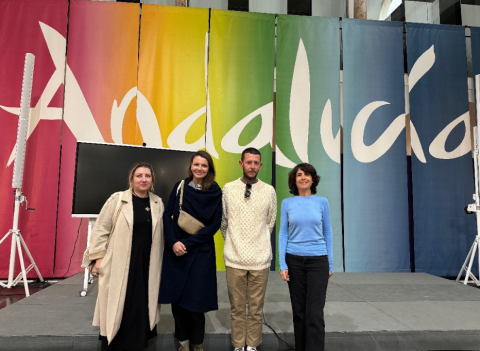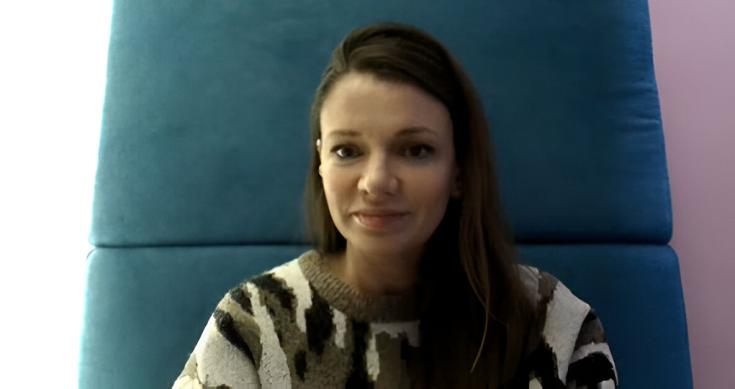From Brasov to Andalucia: Alina Nicoara’s Key Takeaways
Our third interview features Alina Nicoară from the Brasov Metropolitan Agency for Sustainable Development. Representing an alliance of Brasov Municipality, the County Council, and 18 local authorities, the agency fosters regional cooperation for sustainable growth.
Recently, Alina participated in the Staff Exchange in Andalucia, supported by the Junta de Andalucia. During this exchange, she attended the Tourism Innovation Summit (TIS), which explored topics such as reinventing mass tourism, challenges in historic cities, the impact of short-term rentals, and digitalization.
Why did Brasov join the Tourism in Balance project?
While Brasov is not as congested as Amsterdam or Andalucia, it has the highest number of tourists per capita in Romania. With the opening of Brasov International Airport, which now operates 14 weekly flights from 11 destinations (as of September 2023), the city expects rapid tourism growth. This project offers a valuable opportunity to learn from experienced destinations and implement sustainable tourism practices.
What specific challenges does Brasov face with overtourism?
Currently, Brasov lacks a dedicated destination management organization (DMO) and a structured marketing strategy—both essential for sustainable tourism development. Learning from well-established partners like Andalucia, Tallinn, Amsterdam, and Rome will help us navigate these challenges. Without proper policies, we risk overcrowding, which could drive residents out of the city center. Managing this balance is a top priority.
What unique contributions does Brasov bring to the Tourism in Balance partnership?
Although our experience in destination management is still developing, we bring innovation to the table. For instance, our partnership with Orange Romania has enabled us to explore alternative data management solutions. By analyzing visitor flows and metropolitan mobility, we can gain deeper insights into where tourists come from and how long they stay—helping to address data gaps in official statistics.
You recently participated in a staff exchange in Andalucia. What were your expectations?
Andalucia is a leader in destination management, a key focus area for our project. Brasov aims to establish a DMO by 2025, and learning from Andalucia’s data-driven approach to tourism planning was a primary goal.
What strategies from Andalucia do you think can be applied in Brasov?
Andalucia’s data utilization is remarkable. They monitor 122 tourism indicators, allowing for strategic, insight-based planning. In contrast, Brasov currently relies only on overnight visitor numbers, which exclude day-trippers. By adopting tools like Wi-Fi tracking, optical sensors, and sustainability KPIs, we can better manage visitor flows and make more informed decisions.
What message would you share with stakeholders about managing tourism?
Collaboration and knowledge-sharing are key. As a colleague once said, "We are not necessarily smarter, but we surround ourselves with those who know best." Building partnerships and integrating best practices from various projects is essential for long-term success.
Better coordination between local authorities, businesses, and residents is crucial. Transparency and data-sharing can help resolve conflicts and ensure sustainable growth. As Andalucia’s motto says, "Sharing is Smart."
Any additional insights from the Tourism Innovation Summit?
The summit underscored the need to rethink tourism models. We must decide whether to focus on mass tourism, niche markets, or longer stays. Engaging residents in decision-making is critical to maintaining authenticity—the very essence of what makes a destination truly attractive.


